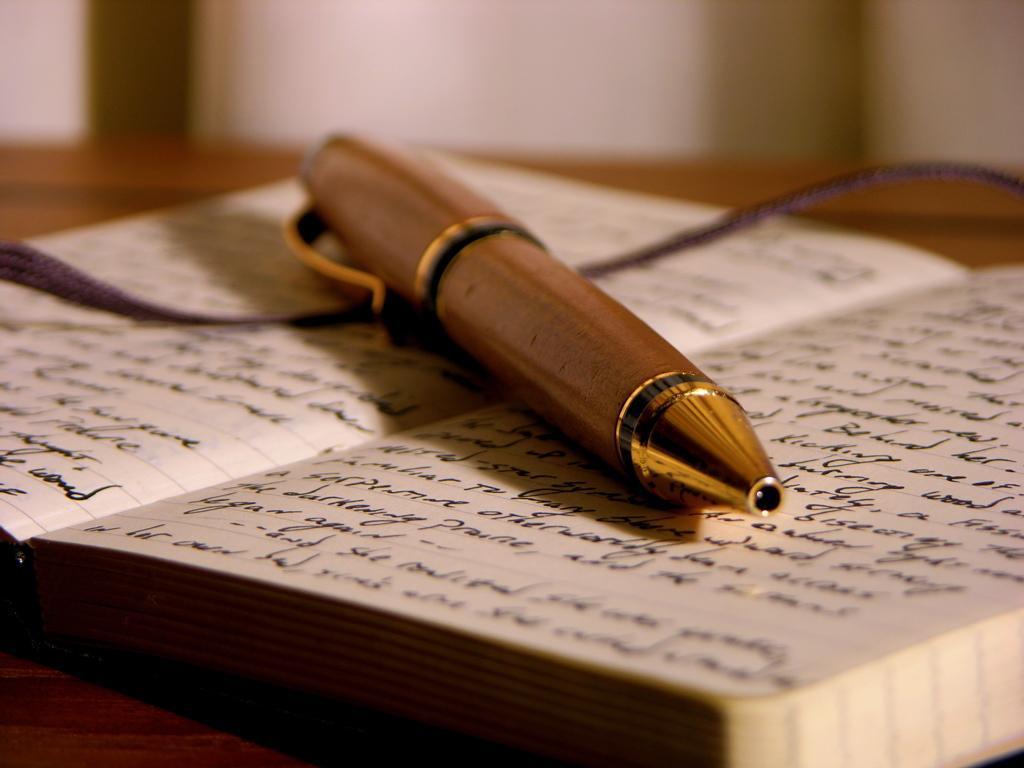A pen and paper is all you need!
This week guest lecturer Skye Doherty presented a wonderful lecture on the
written word. Having come from a print industry background, she shed a lot of
light on the medium of text. I happen to love pen and paper. In fact I,
rather regretfully, reckon I am probably responsible for the destruction
of at least one entire forest with my shocking paper habit. It's just that,
well I love the act of writing.
I love the feel of a smooth pen on crisp, fresh paper. I love the look of my
decade worth of perfected cursive. I love the many scribbles and
crosses on a well worked prose. In fact, before publishing every blog post I
copy it from my book - where I have already written it.

This love of literal penmanship was not
what Skye's enlightening lecture was on - however I feel that it is somewhat
metaphorical of journalism. Skye mentioned that, unlike other forms of
journalism - such as visual or audio - text does not need technology, expenses
or equipment to produce - a pen and paper is all you need.
All too often technology consumes
us. It overwhelms us, engulfs our natural talents and creativity
(evidenced in facebook and instagram - photos of food? Really?!). Convergent
journalism is the future - social media hyper localisation and citizens as
journalists. Good writing however, will always be in demand. Above all,
skilfully created, well thought-out and interesting writing will
always triumph the lazy, quick and uninformative prose found far too commonly
throughout the ever expanding web. It seems many internet publishers have yet
to grasp the concept of less is more. While the literally limitless
internet provides boundless opportunities for
more in-depth analysis and discussion, this is no reason to fill the
space 'just because', so to say. In short, although the manual word-length
constraints typical of print media no longer exist, the need for well
crafted, concise journalism has not simply disappeared. it may, in
fact, have become even ore important within an ever increasingly instant
society. Where information is instant, and as it becomes even more so, readers
willingness to read large portion of text to receive limited
information will surely decline.
Skye's passion for the written word
was inspiring. As I plan to pursue a similar career, this lecture was
fantastic! She articulated the form of text as a living thing - able to be
controlled and manipulated, unlike any other form of journalism. Both visual
and audio media has certain limitations - there is an extent to which you can
edit and manipulate, however text has no boundaries. Text is expressive,
creative and fast!
No comments:
Post a Comment